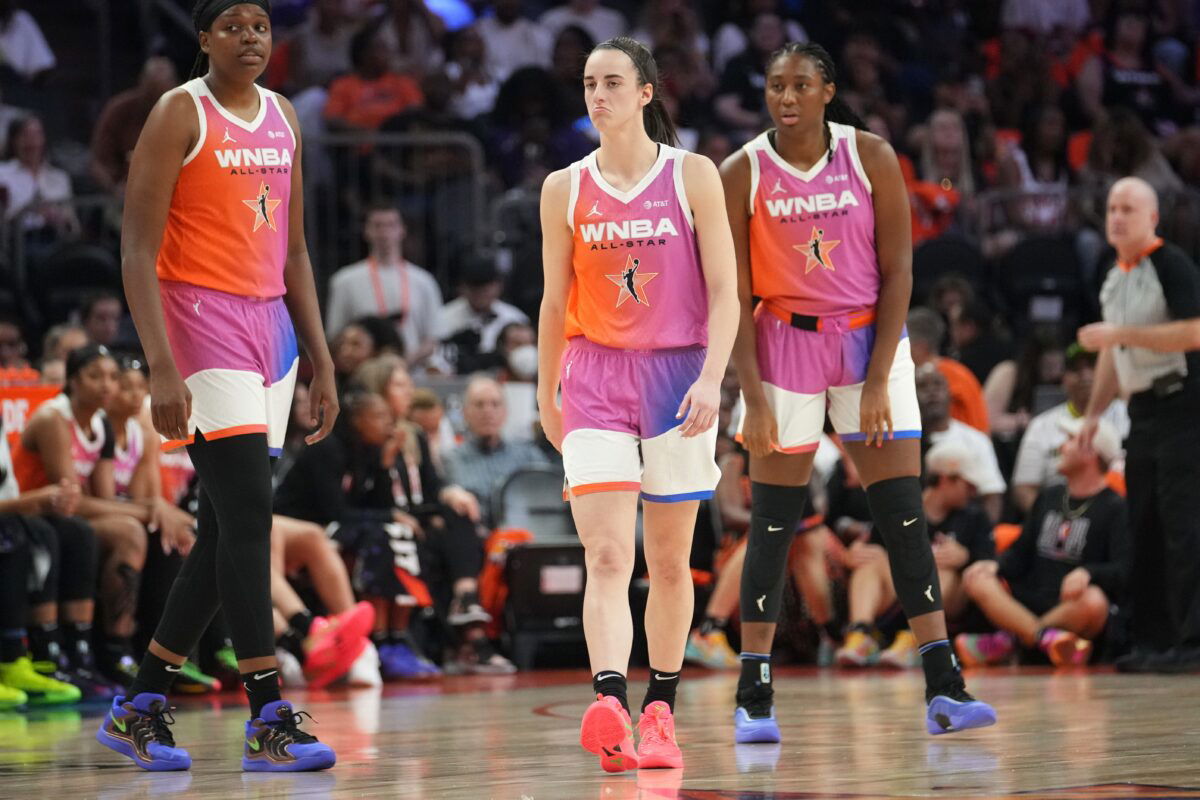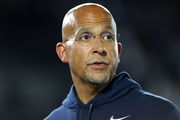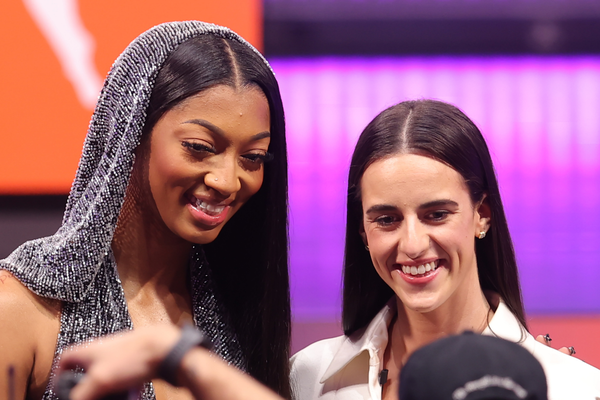
USA Today via Reuters
Team WNBA teammates Caitlin Clark (22), center, forward Aliyah Boston (7), right, and center Jonquel Jones (35) take on Team USA during the WNBA All-Star Game at Footprint Center in Phoenix on Saturday, July 20, 2024. Credit: Joe Rondone/The Republic / USA TODAY NETWORK

USA Today via Reuters
Team WNBA teammates Caitlin Clark (22), center, forward Aliyah Boston (7), right, and center Jonquel Jones (35) take on Team USA during the WNBA All-Star Game at Footprint Center in Phoenix on Saturday, July 20, 2024. Credit: Joe Rondone/The Republic / USA TODAY NETWORK
If pregame outfits could talk, this one shouted from the rooftops. At the 2025 WNBA All-Star Game, players traded their usual tunnel fits for bold black warm-up tees that read: “Pay Us What You Owe Us.” It wasn’t subtle. It wasn’t stylish. It was strategic. And no, this wasn’t a mid-season marketing stunt. It was a powerful, unified warning shot fired straight at the WNBA’s boardroom.
The All-Star Game may be featuring Caitlin Clark’s replacement and Napheesa Collier potentially leading Team Collier to a tightly contested win, but the real headline? That was written in five short words across every player’s chest. The WNBA and its Players Association (WNBPA) are knee-deep in tense collective bargaining agreement (CBA) negotiations. With the current deal on its last legs and a crucial October deadline looming, players are signaling that they’re done playing nice, and rightly so.
And it wasn’t just the veterans making noise. Angel Reese, rocking her sophomore status, said she showed up to the meetings with ears wide open and her eyes sharper than ever. “I was really eager to know and understand what was going on… We won’t stop until we get what we want,” she told reporters. Reese might be new to the league, but she clearly isn’t afraid to get loud about her value. Because that value is, quite literally, the crux of the issue.
ADVERTISEMENT
Article continues below this ad
Under the current CBA, WNBA players only see 25% of revenue sharing, and only if the league hits a cumulative revenue target. Salaries? The rookie scale begins around $72,000. Supermax? That’s just about $216,000, and only one player per team can qualify for that elite payday. Add in an offseason marketing clause that eats into their rest time and restrictive salary caps, and you can start to understand why frustration is boiling over. And it only gets more chaotic from here.
Players are wearing “Pay Us What You Owe Us” t-shirts during WNBA All-Star Game warmups. pic.twitter.com/Dv206QVcRM
— Front Office Sports (@FOS) July 20, 2025
ADVERTISEMENT
Article continues below this ad
WNBPA president Nneka Ogwumike insisted players aren’t threatening. They’re organizing. “We want to get a good deal done,” she said, highlighting the unusually high player turnout in recent negotiation meetings. Now that kind of participation sends an obvious message that the league has changed. The stars have changed. The business has changed. Now, the pay has to change too. And ironically so, the WNBA league has never looked shinier on paper.
Top Stories
Antonio Brown Breaks Silence After Arrest in Dubai; Gives Up Access to Key Social Media Properties

Brandel Chamblee Calls Out Special Treatment of Jordan Spieth & Rickie Fowler During PGA Tour Events

Browns Take Away Kevin Stefanski’s Authority as Coach Announces Shedeur Sanders Decision – Insider

Charlie Woods Matches 34-Year-Old Tiger Woods Record Despite Turbulent Year

Amanda Balionis Opens Up as Her Golf Initiative Nears 5-Year Milestone

James Franklin Waits for $72.7M Coach to Be Fired as Virginia Tech No Longer a Priority

Revenue’s rising, ratings are setting records, franchises are expanding, and ticket prices are finally climbing like they belong in 2025. And yet, somehow, the people responsible for all this growth are the ones being told, “Not yet.” It’s like throwing a victory parade and asking the players to carpool on their own dime. And with expansion teams in Toronto and Portland and a new $2.2 billion media rights deal kicking in next season and an expansion of 18 teams by 2030, there’s never been more money in women’s basketball. So where’s the trickle-down?
The WNBA All-Star stage becomes ground zero for a bigger fight
The union argues that the current system is unsustainable. And not just because the paychecks don’t reflect the supposed needed revenue. According to Terri Carmichael Jackson, executive director of the WNBPA, the very structure of the CBA prevents young stars from building long-term careers without burnout.
ADVERTISEMENT
Article continues below this ad
With restricted earning capacity and rising demands, even standout players like Napheesa Collier, Caitlin Clark and Angel Reese may eventually seek more flexible and financially rewarding options elsewhere. And maybe, these people should know better to mess with Reese at this point, with Shaquille O’Neal clearly in her corner.

USA Today via Reuters
Apr 15, 2024; Brooklyn, NY, USA; Angel Reese and Caitlin Clark pose for photos before the 2024 WNBA Draft at Brooklyn Academy of Music. Mandatory Credit: Brad Penner-USA TODAY Sports
Meanwhile, the league’s leadership insists things are progressing, just slowly. WNBA Commissioner Cathy Engelbert called the recent meetings “constructive dialogue,” while hinting that both sides remain in “listening mode.” But behind the polished PR, a ticking clock remains. If no deal is struck by the end of October, a 2026 work stoppage becomes a very real possibility. That’s something that has never happened since the league started in 1997. And that timing couldn’t be worse.
A lockout would send shockwaves through every aspect of league operations, jeopardizing the momentum that players, fans, and sponsors have worked tirelessly to build. And that’s exactly why the shirts mattered. In just five words, players turned a fun, celebratory All-Star weekend into a league-wide referendum on fairness. They wore those shirts in unison. They wore them while smiling. And they wore them while putting on a show that made it impossible to argue against their worth.
The WNBA All-Star game is brilliant, no doubt. But the message? Even more powerful. So what’s next? More meetings. More negotiating. Maybe even more uncomfortable but necessary conversations behind closed doors. But what is certain for now is that the WNBA All-Star Game wasn’t just a mid-season break. It was a battleground. And the players? They just got the last word… at least for now.
ADVERTISEMENT
ADVERTISEMENT
ADVERTISEMENT
ADVERTISEMENT

